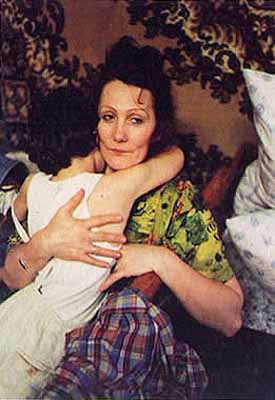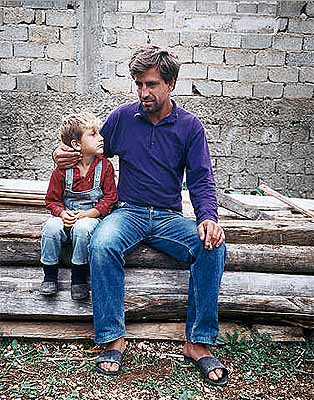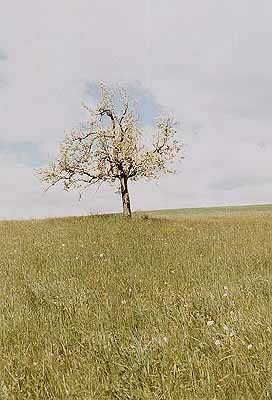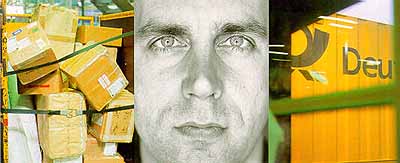
El mundo como un todo, Fotografía en Alemania después de 1989
The World as One - Photography from Germany after 1989
Wolfgang Bellwinkel » Axel Boesten » Fred Dott » Stephan Erfurt » Martin Fengel » Nikolaus Geyer » Jitka Hanzlová » Peter Hendricks » Kai-Olaf Hesse » Enno Kapitza » Eva Leitolf » Karin Apollonia Müller » Frank Müller » Barbara Müller » Myrzik & Jarisch » Julia Sörgel » Ingo Taubhorn » Corinna Wichmann »
Exhibition: 11 Mar – 23 May 2004

Centro de la Imagen
Plaza de la Ciudadela 2
06040 Mexico City
+52 55-4155 0850
cimagen@correo.conaculta.gob.mx
centrodelaimagen.cultura.gob.mx/
Tue-Sun 11-19

Exposición colectiva con curaduría de Ulf Erdmann Ziegler Participan: Wolfgang Bellwinkel, Axel Boesten, Fred Dott, Stephan Erfurt, Martin Fengel, Nikolaus Geyer, Jitka Hanzlová, Peter Hendricks,Kai-Olaf Hesse, Manfred Jarisch, Enno Kapitza, Eva Leitolf, Barbara Müller, Frank Müller, Karin Apollonia Müller, Ulrike Myrzik, Julia Sörgel, Ingo Taubhorn y Corinna Wichmann. El Institut für Auslandsbeziehungen (ifa) ofrece, en esta exposición, un recorte representativo de la fotografía documental a color surgida en los años 90, con trabajos que abordan desde la vida cotidiana, algunos temas complejos como el fin de la división alemana, la retirada de las fuerzas rusas y los vertiginosos cambios sociales y económicos en Asia. _________english_________ With the exhibition, 'The World as a Whole', showing seventeen groups of works by nineteen photographers, the Institut für Auslandsbeziehungen continues its series of exhibitions on German 20th century photography. The exhibits are a representative cross-section of the country's documentary photography in colour, created during the 1990s. Almost without exception, these works deal with complex subjects such as German reunification, the withdrawal of the Russian occupying troops from eastern Germany, and the breakneck economic and social changes in the Far East. The contributing photographers share a focused view of everyday life and a deliberate deployment of the photographic medium. Some are 'already' artists, others 'still' photo reporters. Both groups use the mature form of the photographic essay which is serious, unsentimental, sometimes ironic, but never sarcastic. All the photographers studied at universities of applied sciences in Essen, Bielefeld, Dortmund, Munich and Leipzig. While the photographic discourse revolved around the potential and limitations of 'photo journalism', the colour supplements of respectable newspapers experienced a time of renewed flowering-perhaps the last to come for a long time. Synergies were created as a result of the contributions of a younger generation of photographers to the photo-journalistic work of the Süddeutsche Zeitung's weekend supplement, e.g., as a first, popular, spin-off the book entitled 'contemporary German photography' [original title in English!]. The exhibition tells of this interdependence and of the development of this visual new beginning … A catalogue of the exhibition is available.

